Do you know that the secret to a perfectly sculpted lower body doesn’t just lie in endless squats or lunges?
Many believe bodyweight exercises are the ultimate answer for firm glutes, but equipment-powered moves can elevate your results, faster and more effectively.
From myth-busting to science-backed techniques, this guide dives into the 13 best glute-focused equipment exercises, each designed to activate, strengthen, and shape your curves for maximum impact.
Let’s uncover the powerful, equipment-enhanced glute strategies that most people overlook.

Table of Contents
What Can Happen After 30 Days of Glute Training
| Positive Changes | Potential Challenges |
|---|---|
| Noticeable glute firmness and shape | Possible muscle soreness (especially early on) |
| Improved lower body strength and stability | Plateaus if not progressively overloading |
| Enhanced posture and reduced lower back strain | Imbalance if other muscle groups are neglected |
| Boosted confidence from physical improvements | Risk of overtraining if rest is skipped |
| Increased energy and endurance | Possible form breakdown if rushing or lifting too heavy |
| Greater mind-muscle connection with glutes | Frustration if immediate results aren’t visible |
| Motivation to continue consistent training | Inconsistent progress if paired with poor diet |
Glute Training: Do’s and Don’ts
| Do’s | Don’ts |
|---|---|
| Focus on form and glute activation | Rush through exercises without engaging the glutes |
| Use progressive overload with proper technique | Load excessive weight without control |
| Warm up with dynamic stretches to prepare muscles | Skip warm-up and jump straight into heavy lifting |
| Incorporate a mix of compound and isolation movements | Rely only on one type of movement or machine |
| Rest and recover between sessions (48 hours) | Train glutes daily without adequate recovery |
| Pair glute exercises with balanced lower body work | Neglect hamstrings, quads, or core |
| Keep breathing steady (exhale on exertion, inhale on lowering) | Hold your breath or breathe erratically |
| Engage in mind-muscle connection to truly activate glutes | Let other muscles (lower back, quads) compensate |
| Gradually increase resistance over weeks | Stick with the same weight and expect growth |
| Stretch post-workout for flexibility and recovery | Skip stretching, leading to tightness and soreness |
| Stay consistent with training and proper nutrition | Expect results overnight or without effort |
1. Barbell Hip Thrust
One of the gold-standard glute builders, the barbell hip thrust specifically targets the gluteus maximus.

How to:
- Sit on the floor with your upper back resting against a bench.
- Roll a loaded barbell over your hips.
- Plant your feet hip-width apart and drive through your heels.
- Thrust your hips upwards, squeezing your glutes at the top.
- Slowly lower your hips to the floor and repeat.
Did you know?
Studies show hip thrusts generate more glute activation than squats, especially at the lockout phase.
2. Cable Glute Kickbacks
This isolation move helps define the glutes while improving balance.

How to:
- Attach an ankle strap to a low pulley and secure it around your ankle.
- Stand facing the machine, holding it for support.
- Hinge forward slightly and extend your leg straight back.
- Pause at the top, squeeze your glutes, and return slowly.
Pro Tip: Keep your core engaged to avoid compensating with your lower back.
3. Smith Machine Glute Bridges
The Smith machine stabilizes the movement, allowing for heavier loads and controlled reps.
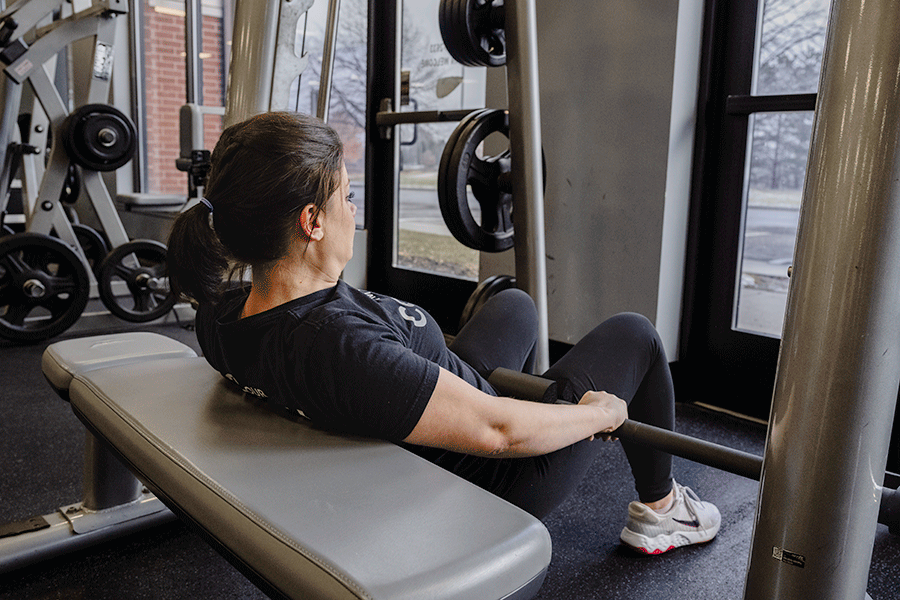
How to:
- Position a padded bar across your hips while lying on your back.
- Bend your knees, and feet flat on the floor.
- Push through your heels to lift your hips as high as possible.
- Squeeze at the top, then lower slowly.
Myth-Busting: Many think Smith machines are “cheating.” In reality, they help isolate the target muscle—your glutes!
4. Kettlebell Sumo Deadlifts
Targeting both the glutes and inner thighs, the sumo stance enhances muscle engagement.
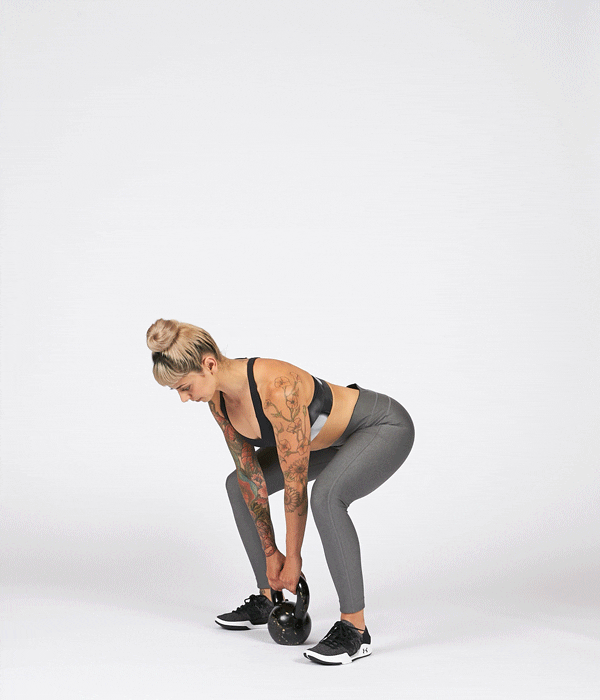
How to:
- Stand with feet wider than shoulders, toes pointed slightly outward.
- Hold a kettlebell with both hands between your legs.
- Keep your chest up, hinge at the hips, and lower the kettlebell.
- Drive through your heels, squeeze your glutes, and return to standing.
5. Leg Press Glute Press
This variation emphasizes glute drive over quad dominance.
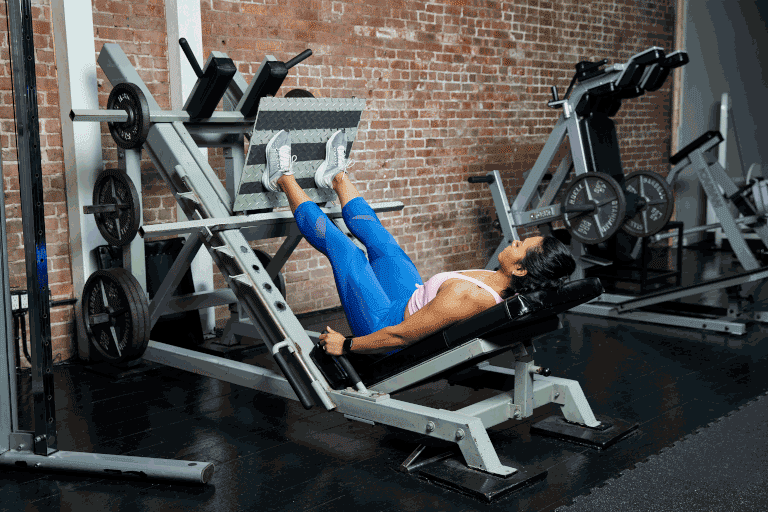
How to:
- Sit in the leg press machine with feet high on the platform.
- Push through your heels to extend your legs, focusing on hip extension.
- Slowly return and repeat.
Did you know? Foot placement can shift the focus between quads and glutes. High and wide = more glutes!
6. Glute-Focused Step-Ups with Dumbbells
This unilateral move corrects imbalances and adds a curve-sculpting challenge.
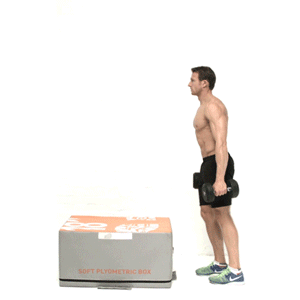
How to:
- Hold dumbbells at your sides.
- Step onto a box or bench with one foot, driving through the heel.
- Bring the other foot up, then step back down slowly.
- Alternate legs.
Fact: Strong glutes reduce knee pain by supporting hip alignment and reducing strain on joints.
7. Bulgarian Split Squats with Dumbbells
This advanced move ignites glutes, hamstrings, and balance.
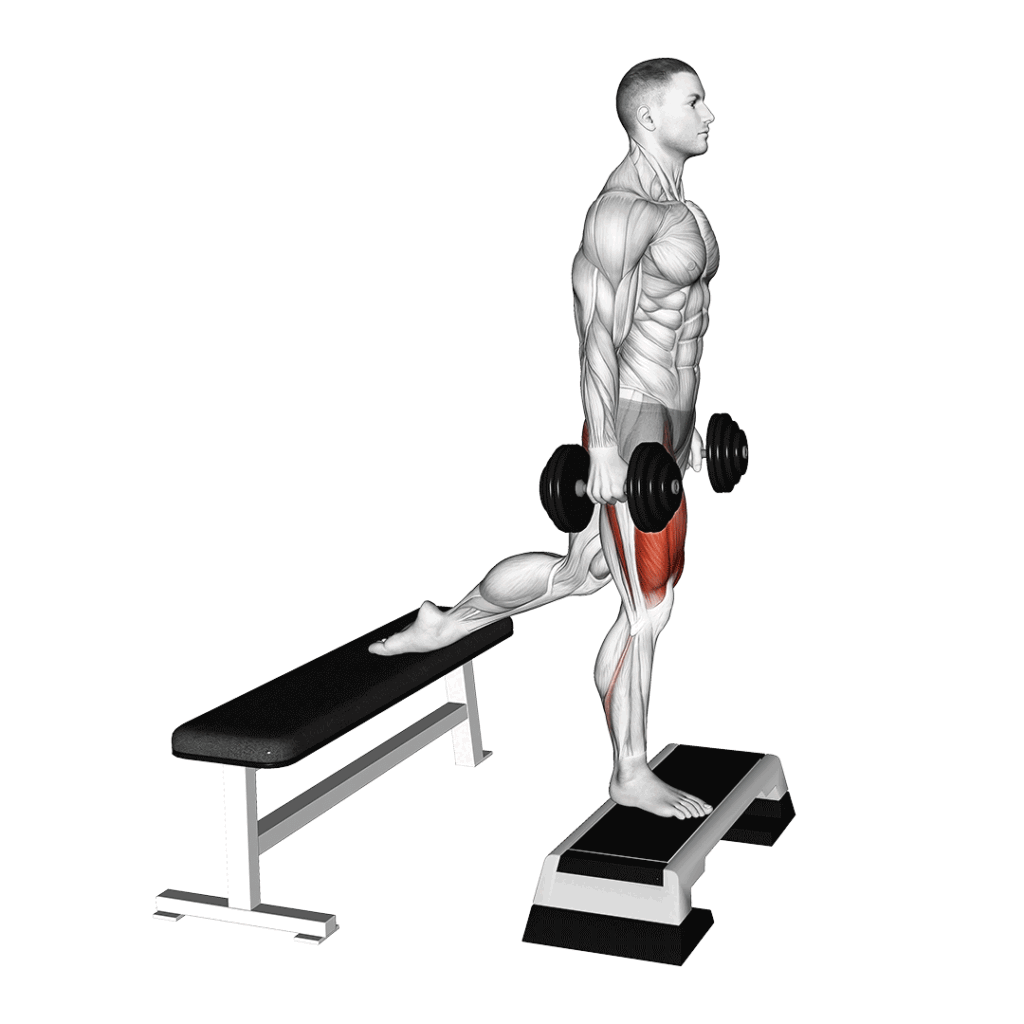
How to:
- Stand a few feet in front of a bench and place one foot behind you.
- Hold dumbbells at your sides.
- Lower your body until the front thigh is parallel to the floor.
- Push through your front heel to return.
Pro Tip: Keep your torso upright to maximize glute activation.
8. Romanian Deadlifts with Barbell
An essential for building posterior chain strength and glute hypertrophy.
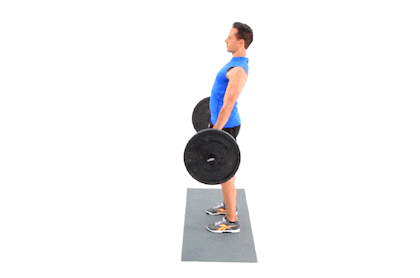
How to:
- Stand with feet hip-width apart, barbell in front of thighs.
- Hinge at the hips, keeping knees slightly bent, and lower the barbell.
- Feel a stretch in the hamstrings, then return to standing with a strong glute squeeze.
9. Cable Pull-Throughs
A beginner-friendly alternative to hip thrusts, with excellent glute engagement.
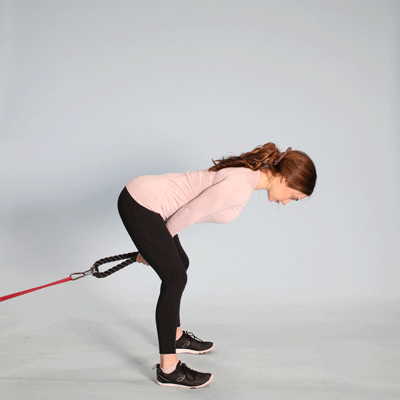
How to:
- Set the cable at a low position with a rope attachment.
- Stand facing away, straddling the rope.
- Hinge at your hips, pull the rope through your legs, and stand tall, squeezing your glutes.
Interesting Fact: Pull-throughs emphasize hip extension—critical for sprinting power and athletic performance.
10. Glute-Focused Back Extensions
A classic move with a gluteal twist.
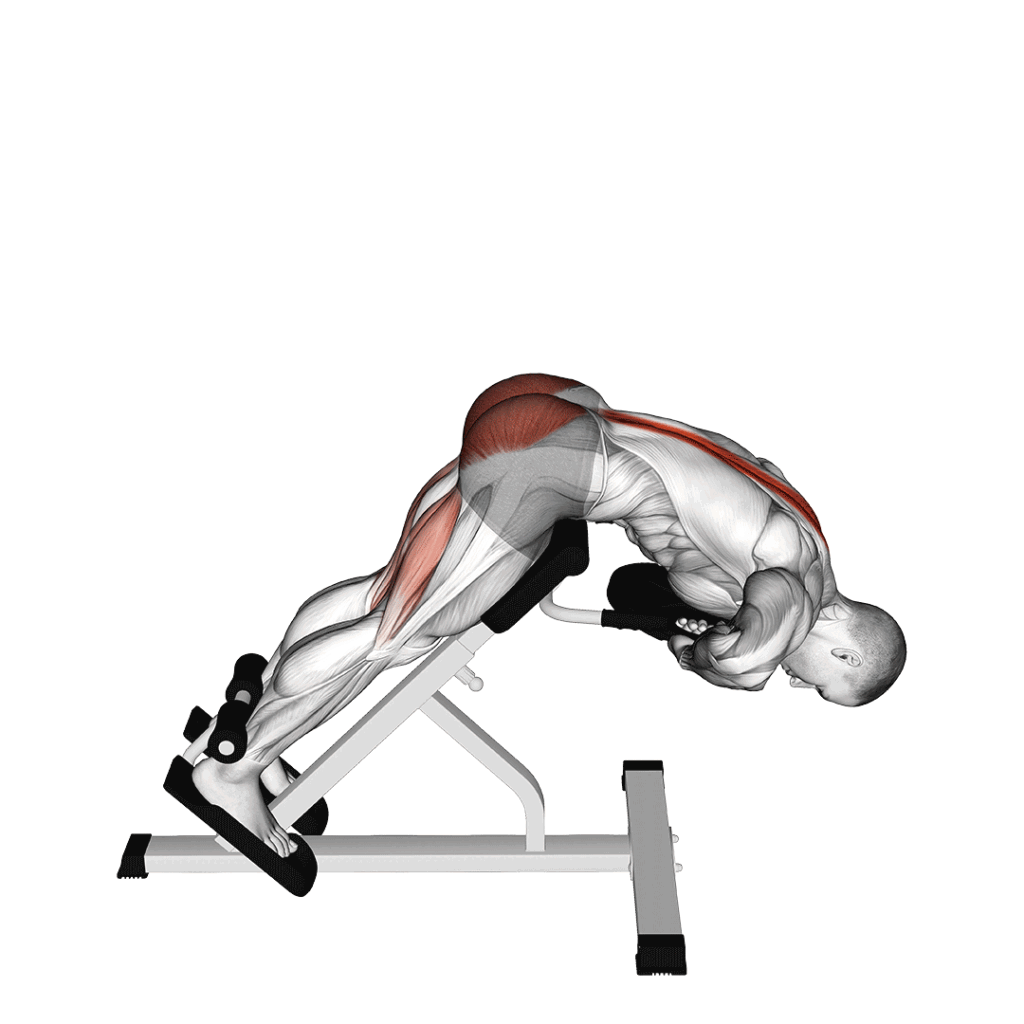
How to:
- Set up on a back extension bench.
- Hinge forward, keeping the back neutral.
- Lift by squeezing the glutes instead of the lower back muscles.
Pro Tip: Slightly point toes outward to enhance glute activation.
11. Kettlebell Swings
A dynamic, power-building exercise that lights up glutes and hamstrings.
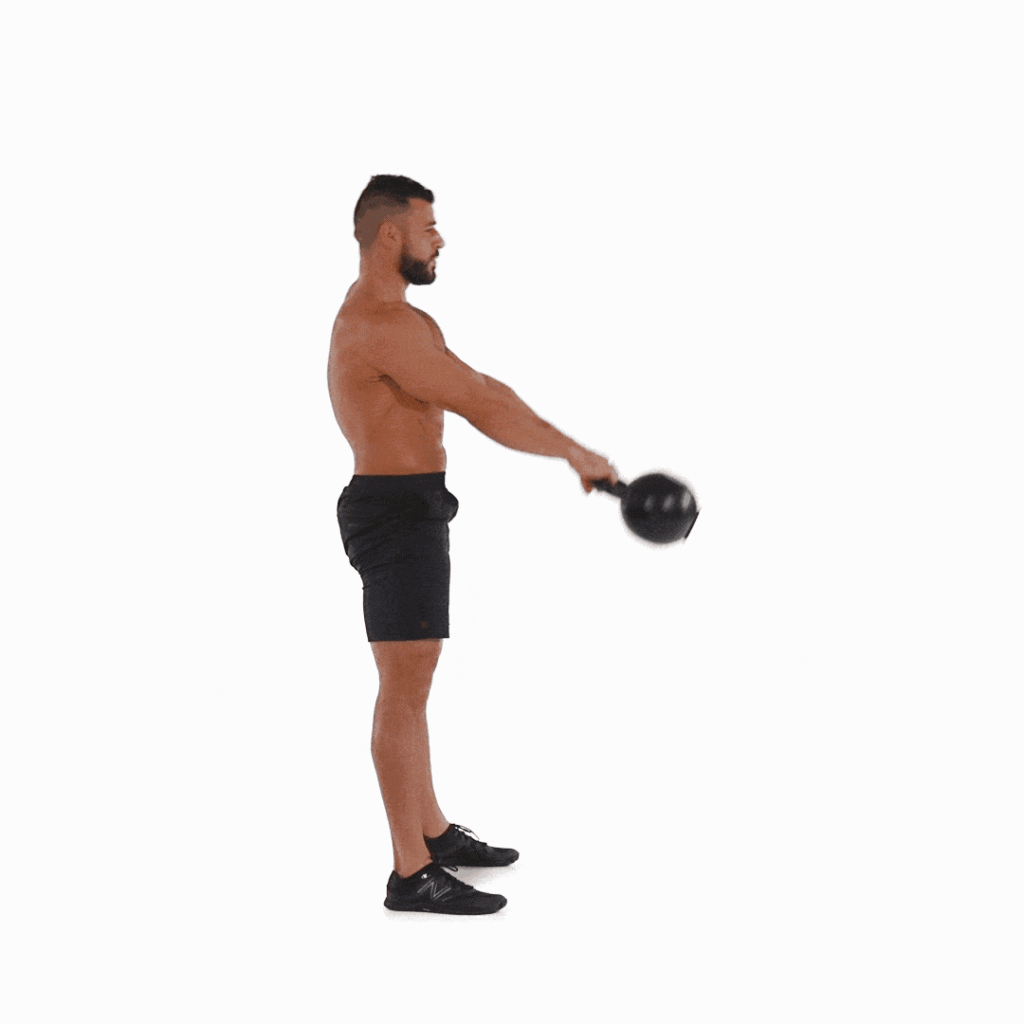
How to:
- Stand with feet wider than hips, kettlebell between legs.
- Hinge at hips and swing the kettlebell forward to chest level using glute power.
- Let it swing back between legs and repeat.
Fact: Many assume swings are all about arms—but it’s the glutes doing the heavy lifting!
12. Hack Squat Glute Variation
Adjust foot placement to shift emphasis from quads to glutes and hamstrings.

How to:
- Position feet higher and wider on the platform.
- Keep back flat against the pad and lower slowly.
- Push through heels to return.
Pro Tip: Avoid locking knees at the top for constant glute tension.
13. Seated Hip Abduction Machine
Perfect for targeting the gluteus medius and shaping outer glutes.
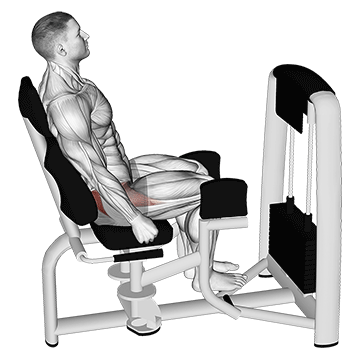
How to:
- Sit on the machine, knees bent, and pads against your outer thighs.
- Press outward against the resistance.
- Pause and squeeze at the peak contraction.
- Return slowly.
Interesting Fact: Strong abductors contribute to better hip stability, which helps prevent injuries in running and lifting.
Final Thoughts
While many gym-goers default to squats and lunges, these 13 equipment-powered exercises provide a targeted, efficient path to stronger, rounder glutes. Whether you’re chasing sculpted curves or simply want a balanced, functional lower body, these moves combine science and strategy for visible results.
Don’t fall for the myth that more weight automatically means better glutes—form, control, and mind-muscle connection are your real keys to success.
Frequently Asked Questions (FAQs)
How often should I train my glutes with these equipment exercises?
For best results, aim for 2–3 glute-focused sessions per week, allowing at least 48 hours of recovery between sessions. This ensures your muscles recover and grow stronger.
Can beginners use these equipment exercises?
Absolutely! While some exercises require good form and control, beginners can start with lighter weights and simpler machines (like the seated hip abduction) and gradually progress to more challenging movements like barbell hip thrusts and Romanian deadlifts.
Should I lift heavy weights to grow my glutes?
It’s a common misconception that heavier weights automatically mean better growth. Form and glute activation are more important than sheer weight. Gradually increasing resistance while maintaining control is the key.
How long will it take to see results?
While individual results vary, with consistent effort and progressive overload, you might notice initial firmness and strength within 4–6 weeks. Visible sculpting of glute curves typically takes 8–12 weeks of dedicated training.
Do these exercises also target other muscles?
Yes! Many of these moves, like kettlebell swings and Bulgarian split squats, also engage hamstrings, quads, core, and lower back muscles, providing a well-rounded lower body workout.
Can I combine these glute exercises with cardio?
Definitely. Pairing strength-focused glute work with cardio (like stair climbing, cycling, or walking at an incline) can enhance fat loss and improve overall conditioning. However, prioritize glute training to ensure strength gains aren’t compromised.
Will glute exercises make my legs bulky?
No—this is a common myth! Well-designed glute training with proper form will sculpt and lift the glutes without excessive leg bulk. Building lean muscle can actually give your legs a more toned appearance.
Do I need to use all 13 exercises in one workout?
Not necessarily. You can select 4–6 exercises per session, ensuring a mix of compound and isolation movements. Rotate the exercises weekly to keep your glutes challenged and avoid plateaus.
Can I train glutes at home with limited equipment?
While these exercises use gym equipment, you can adapt with resistance bands, dumbbells, kettlebells, or household objects. However, gym equipment provides greater load and variety for optimal glute development.










